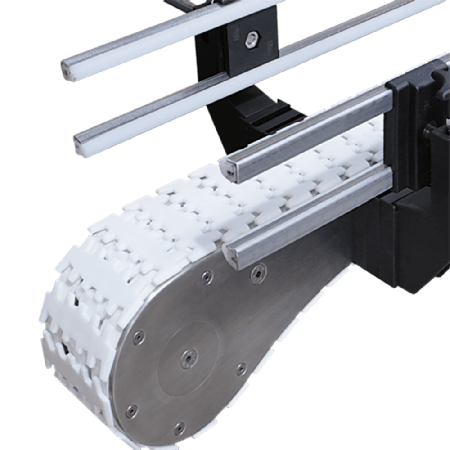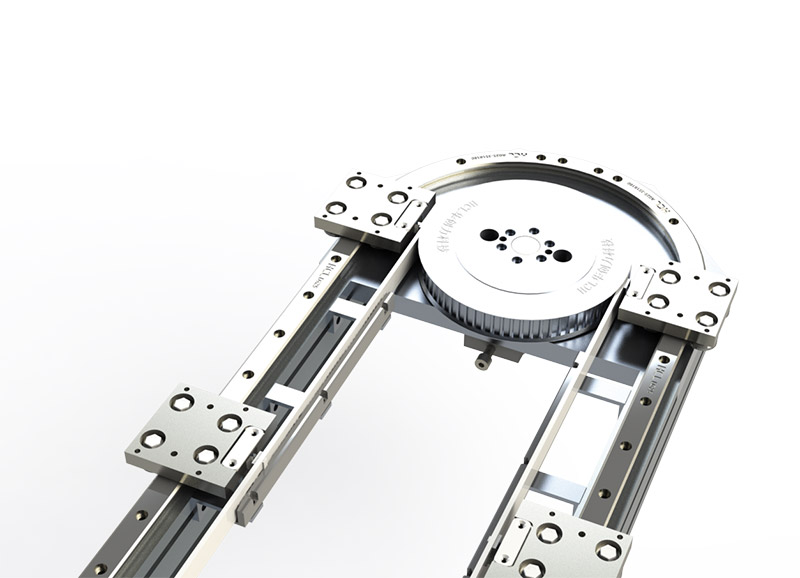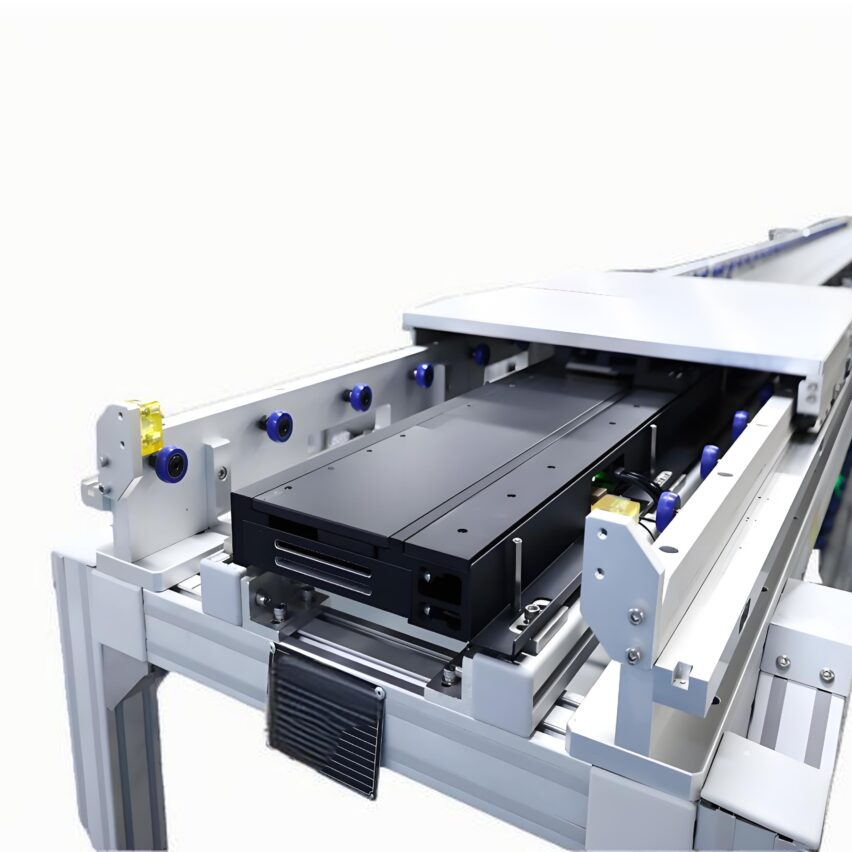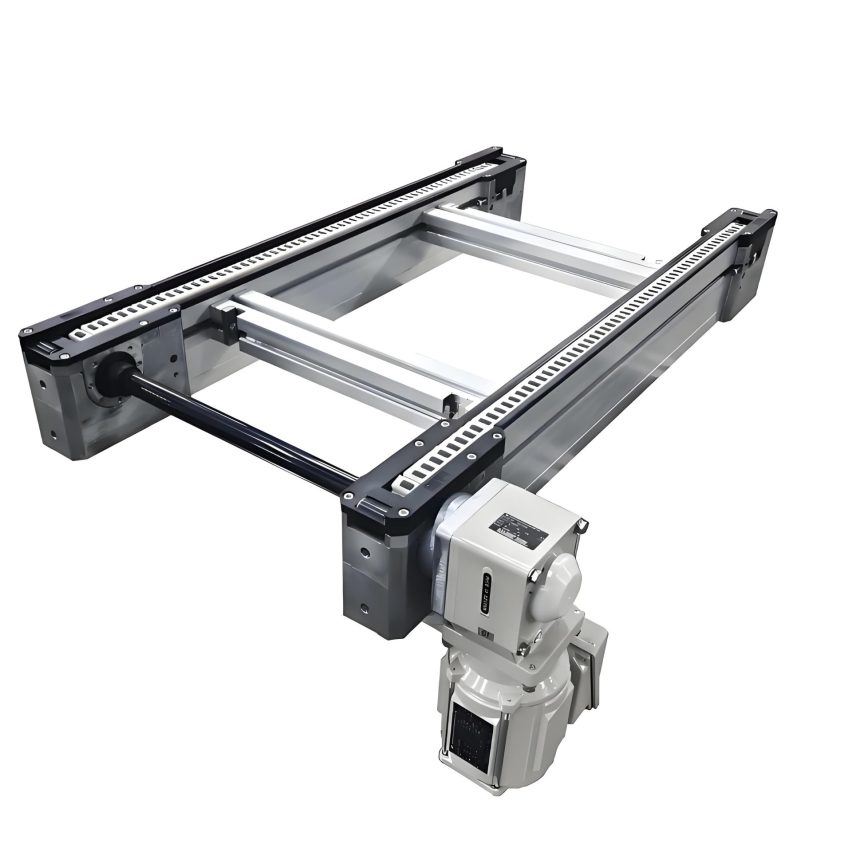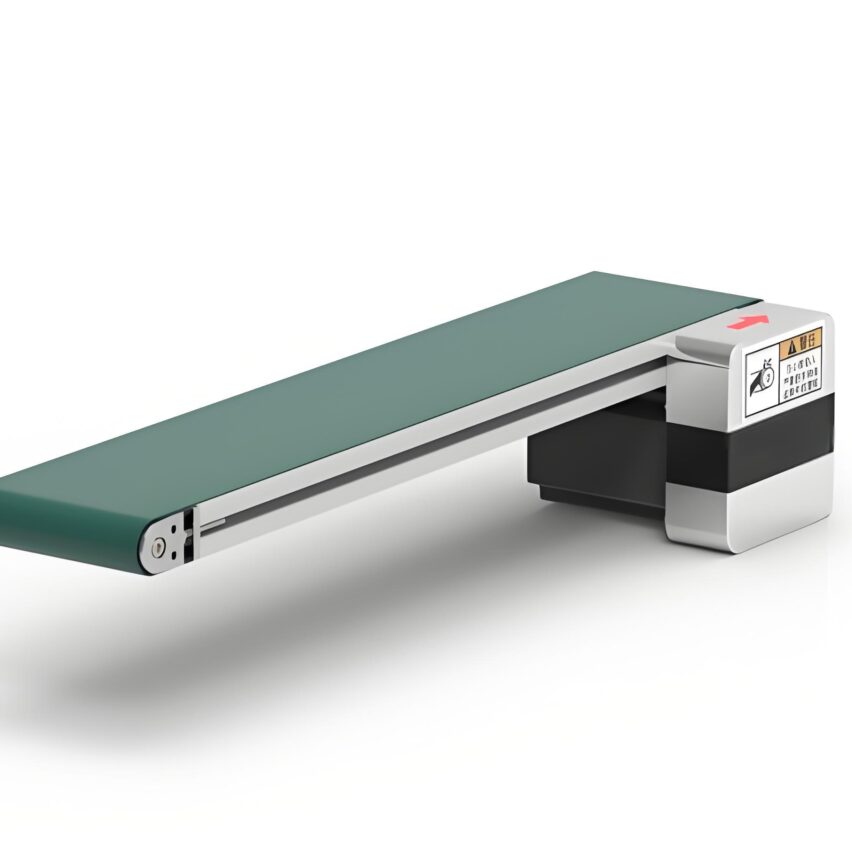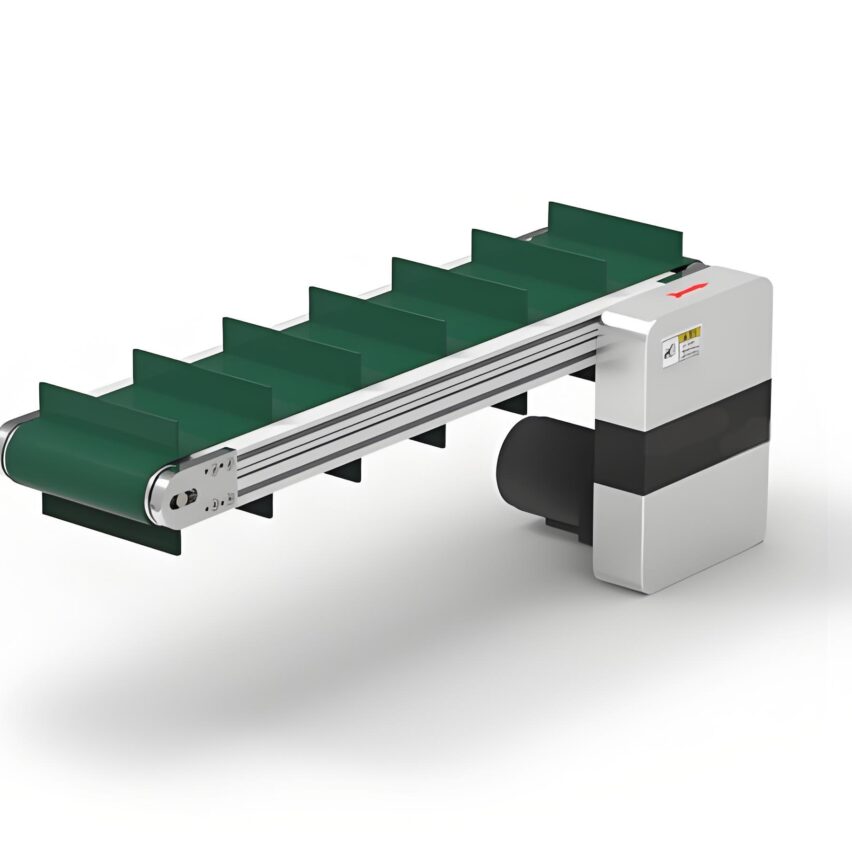How do newcomers quickly understand the doorway of the turning conveyor? Why do other people's equipment turn the corner of the silky smooth not jam material, your home a turn on the goods, run out or even broken belt? Don't panic! Let's use the vernacular today to dismantle the core design and installation of 90 ° and 180 ° turn conveyor doorway, after reading you can also be half an expert!
Design Principles: Differentials and Mechanics are the Soul
Why do you need a differential for a 90° turn?Imagine a sharp turn on ice - the inside foot has to move slowly and the outside foot has to push hard or you're going to fall! The same applies to conveyor turns. Ordinary conveyor inside and outside the roller speed is the same, the outside of the goods will be centrifugal force "thrown away". 90 ° turn machine is the masterpiece is to let theInside drum slow rotation(giving goods "brake time").Outer drum fast rotation(Tugging the goods out of the arc). For example, an automotive parts factory originally used an ordinary turning machine to deliver 1.8 metres of sheet metal, which was stuck 5 times a month, and then switched to a differential machine, after which the faults returned to zero.
What makes a 180° turn more space efficient?The 180° is actually a stack of two 90° bends, but the design is much more ruthless! It has to rely onDual Stage Differential CombinationThe first section of the uniform speed, the second section of the inner deceleration of 30%, the outer acceleration of 20%. a factory in Foshan used this trick to transport glass bottles, bottles automatically rotated 15 ° to maintain the vertical, the breakage rate from 12% plummeted to 0.8%. 180 ° of the radius requirements of a more - -Minimum turning radius ≥ 1.2 times cargo length(For example, for a 2 metre long load, the radius is at least 2.4 metres), otherwise the centrifugal force will teach you a lesson in minutes.
90° vs 180° Design Parameters Comparison Table
| parameters | 90° Turning Machine | 180° Turning Machine |
|---|---|---|
| Differential ratio | Inside and outside roller speed difference 10-30% | Segmented differential, second internal and external 50% |
| support structure | Single row of rollers + anti-deviation rollers | Dynamic support beams (at intervals of ≤ 1/3 cargo length) |
| Applicable Scenarios | E-commerce sorting, automotive parts | Space-constrained return transport |
| common trouble | Outside wear, cargo deflection | Accumulation of material in the centre, belt twisting |
Installation to avoid the pit chapter: three actions to determine life and death
Action 1: Putting on the line is more important than matchmaking!The inkwell must be used before installationprojectile centerlineThe whole process should not be more than 3.5mm inaccurate. A food factory did not do this step, the result is that the belt ran off to dump 23 tonnes of raw materials into the drain - remember! Rack per metre level error exceeds 0.1 mm, the whole machine deviation will exceed 35 mm.
Action 2: The rollers should be "special".The rollers in the turning section cannot be lined up equally spaced as in the straight section! It has to be.Reduced to 1/2 to 1/3 of normal spacingAnd it's going to play the "high inside, low outside" trick:
- Inner curve elevation angle(Inside rollers tilted upwards) to counteract centrifugal force
- Increased slotting angle(Steeper V-opening of rollers) Spill-proofing
But note: too large a lifting angle will instead make the goods roll outwards! Generally control at 5°-15°.
Action 3: Roller "Eye to Eye"The centre line of the drive drum and tail wheel must bePerpendicular to the centreline of the conveyor. How do I test it? Take a laser pointer from the centre of the drum to hit the light, the point of light must fall on the total centre line. A logistics warehouse to save this step, the results of the belt run off the friction fire, burned 80,000 pieces of parcels.
The three biggest worries for newbies
Q1: Choose 90° or 180°? Depends on the venue and cost!
- Choose 90° for a spacious site: simple structure, cheap maintenance (30,000/unit)
- Choose 180° if space is tight: eliminates the slalom area, but twice as expensive (60,000/unit)
(knock on the) blackboard: Leave a 3-metre straight transition section before and after the 180° turner, don't jam it!
Q2: What should I do if the belt always runs out of alignment? Three strokes first aid!
- Checking roller inclination: Take a protractor to measure the elevation angle of the inner curve and adjust it immediately if the deviation is >1°.
- tensioning device: Use a spanner to tighten the tensioning screw, and try it while turning on the machine; over-adjustment will break the belt!
- Friction bar: Polyurethane anti-slip strips on the inside of the belt (least costly but a cure).
Q3: Can I use a regular machine in the freezer? Looking for death!
-10°C environment must be usedBelt made of PU(cold hardened to -30°C)+Stainless steel bearings(Rust prevention). A factory in Jilin with carbon steel roller, three months rust dead, dismantling costs more expensive than the equipment.
Editor's view
After ten years of conveyor design, the most important thing I want to say to newbies.Don't be fooled by "standard programmes"!I have seen too many factories copy the e-commerce sorting programme to transport car parts, the result is three months to repair 50,000 pieces. 90 ° and 180 ° turning machine is the soul of the "dynamic balance" - how much differential speed adjustment? How much is the differential speed adjusted? How many degrees is the lifting angle set? It all depends on on-site testing!
To give a hard case: a factory in Guangdong acceptance of the new machine, directly to the belt poured 5 buckets of water to measure slippage, 800kg of heavy goods pressure for half an hour to measure the deformation, 30 ° to 150 ° back and forth break 100 times to measure fatigue. Factory sales sweating on the spot, but this batch of equipment with three years of zero failure. Remember ah brothers.Good equipment is tuned, not bought!




